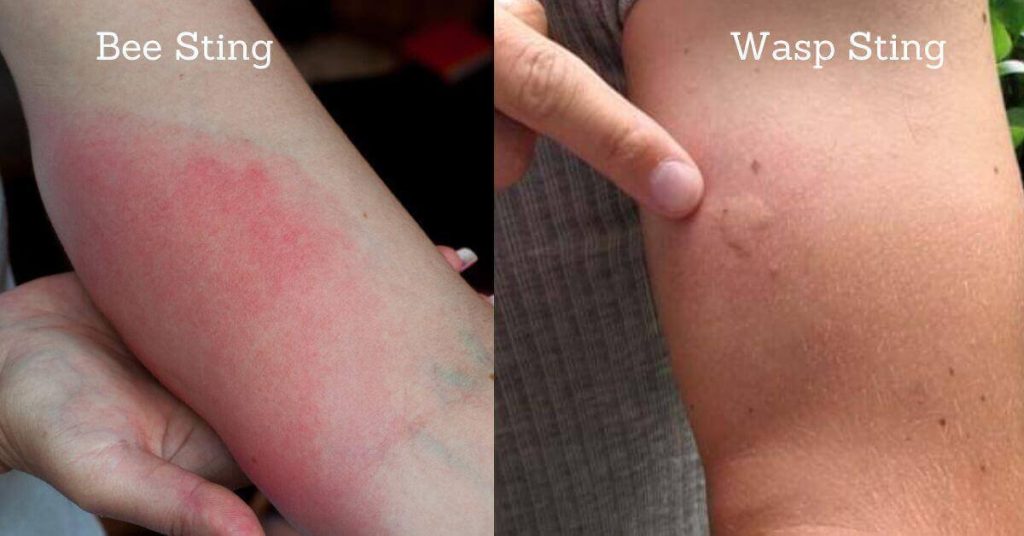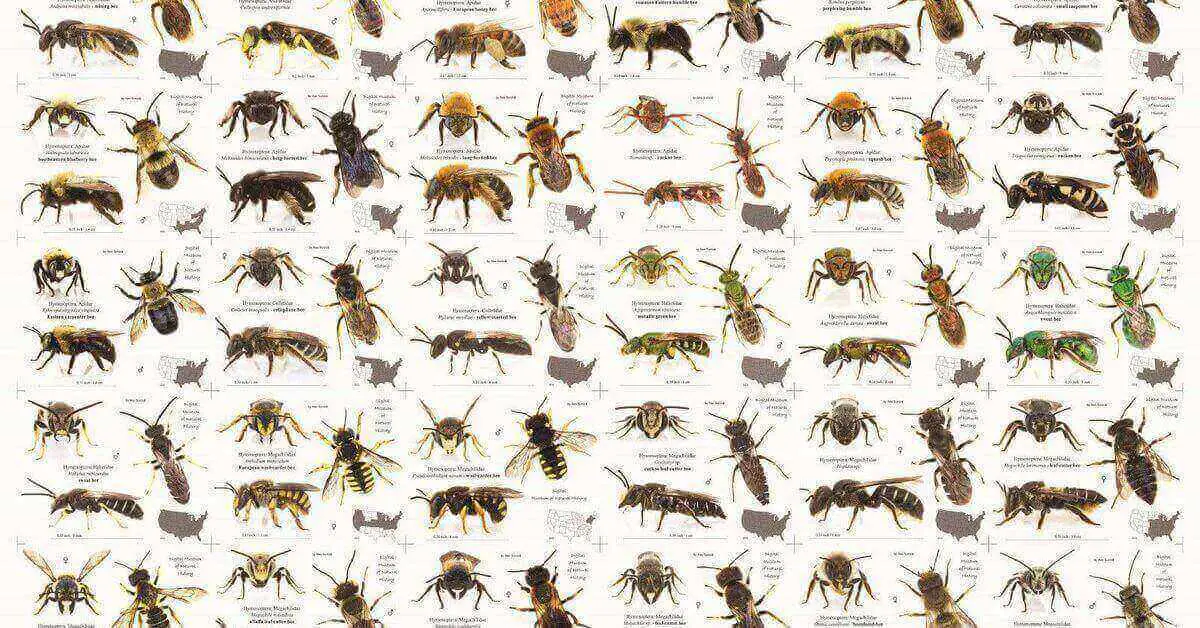If we see the difference between bees and wasps, we only see the body difference. Still, there are many differences, like a string. Today I am Glad to discuss bee stings and wasp stings which are valuable facts. In this article, we Learn all the differences b/w Bee sting vs wasp sting.
Compare Bee Sting vs Wasp Sting
Both bee stings and wasp stings can be painful and cause some swelling and redness around the sting site. However, there are some differences between the two.
Bee stings tend to be more painful than wasp stings, which can last several hours. This is because a bee’s stinger has barbs that get stuck in the skin. When the bee flies away, the stinger and venom sac is left behind, releasing Venom into the skin. In contrast, wasps have smooth stingers that can be withdrawn quickly, so their Venom is not as potent, and the pain tends to subside more quickly.
Bee Sting vs Wasp Sting, which is dangerous?
Bee stings tend to cause more of an allergic reaction than wasp stings. For people allergic to bee venom, a sting can cause anaphylaxis, a severe, potentially life-threatening allergic reaction. Wasps are less likely to cause anaphylaxis, but they can still cause an allergic reaction in some people.
In terms of appearance, bee stings are usually red and raised, with a white spot in the center where the stinger is embedded. Wasp stings are usually more yellow or pale and don’t have a white spot in the center. While bee and wasp stings can be painful and cause discomfort, bee stings tend to be more painful and cause stronger allergic reactions.
Bee sting & wasps sting Venom
Bee and wasp stings result from Venom being injected into the skin through a stinger. However, there are some differences in the composition and effects of the Venom produced by bees and wasps.

Bee venom contains a mixture of proteins, enzymes, and other chemicals. One of the primary components is melittin, a peptide that can cause pain and inflammation. Bee venom also contains apamin, which can affect the nervous system, and phospholipase A2, which can damage cell membranes. Additionally, bee venom contains histamine and other chemicals that can cause allergic reactions in some people.
Wasp venom, on the other hand, contains different proteins and enzymes than bee venom. One of the primary components is a protein called antigen 5, which can cause an allergic reaction. Wasp venom also contains phospholipase A1, which can break down cell membranes, and hyaluronidase, which can help the Venom spread through tissues.
Related Articles:
- How To Get Rid of Bees Natural Ways.
- How many eyes does a bee have
- Do Bumble Bees Make honey
- Do Bees Fly At Night
Causes of Bees & Wasp sting
| Causes of Bee Sting | Causes of Wasp Sting |
| Provocation | Protection of their nest or territory |
| Disturbance | Disturbance or provocation |
| Nesting sites | Sweet or sugary food |
| Attractants | Perfume or scented products |
| Seasonal changes | Bright colours: |
Short difference b/w Bee sting vs Wasp Sting
| Bee Sting | Wasp Sting | |
| Stinger | Leaves stinger in the skin | Withdraws stinger after stinging |
| Venom | Acidic | Alkaline |
| Appearance | Rounded and barbed | Pointed and smooth |
| Pain | Immediate, sharp pain | Immediate, sharp pain |
| Swelling | Moderate to severe | Moderate to severe |
| Itching | Mild | Severe |
| Number of stings | Typically, only one sting per bee | Wasps can sting multiple times |
| Allergic reaction | It can cause severe allergic reactions in some people | It can cause severe allergic reactions in some people |
Conclusion
Bee and wasp stings can be painful and cause allergic reactions in some people. However, Bee stings are typically more painful than wasp stings and leave a stinger in the skin, which should be removed promptly. Wasps are usually less aggressive than bees but can sting multiple times. The Venom from a bee sting is acidic, while the Venom from a wasp sting is alkaline, which can affect the body’s immune response.




